In 2025, secure ways to send documents are no longer optional — they’re essential. Whether you’re sharing encrypted files containing legal contracts, personal records, business plans, or financial data, unprotected transfers leave you exposed to breaches, interception, and accidental leaks.
This guide covers why encryption matters, how to avoid common mistakes, and which secure document sharing solutions deliver the highest level of protection — from everyday tools to enterprise-grade platforms like Cellcrypt Secure File Transfer.
Why Secure File Sharing Matters
Most people still rely on:
- Email attachments
- Links to Google Drive or Dropbox
- Consumer messaging apps
These methods are risky. Files can be intercepted in transit, accessed without permission, leaked through metadata, or fall foul of regulatory requirements like GDPR, HIPAA, or PCI-DSS.
The Four Pillars of Secure Document Sharing
Choose a solution that checks all four boxes:
- End-to-End Encryption (E2EE) – Encrypt on your device and decrypt only on the recipient’s. Not even the platform can access your files.
- Strong Key Management – You or your organisation control how encryption keys are stored and exchanged.
- Metadata Minimisation – Hide file names, timestamps, and sender/recipient details to prevent data profiling.
- Access Controls & Expiration – Limit downloads, set expiry dates, and revoke access when needed.
Common File Sharing Mistakes
| Method | Encryption in Transit? | Encryption at Rest? | Risks |
|---|---|---|---|
| Email attachments | ❌ | ❌ | Interceptable, stored in plaintext |
| Google Drive / Dropbox | ✅ | Partial | Provider can scan contents |
| Slack / Teams | ✅ | ❌ | Files retained, no true E2EE |
| USB drives | ❌ | ❌ | Easy to lose or steal |
Top Secure File Sharing Tools
1. PGP / GnuPG
Industry-standard encryption for files and emails.
Pros: No shared passwords, strong security.
Cons: Complex for non-technical users.
2. Encrypted ZIP Files (e.g., 7-Zip)
Easy to use, AES-256 encryption.
Cons: Password must be sent separately.
3. VeraCrypt Containers
Creates virtual encrypted drives.
Pros: Great for multiple files.
Cons: Can confuse less technical recipients.
4. Browser-Based E2EE (e.g., OnionShare)
Quick, no-install options for small files.
Cons: Trust depends on the service provider.
Or… The Easiest & Most Secure Way
For individuals and organisations who want maximum security without complexity, Cellcrypt delivers everything in one platform — and sending a file securely is as simple as sending a text.
Why choose Cellcrypt?
- Military-grade, post-quantum encryption for future-proof protection.
- End-to-end encrypted file sharing, calls, and messaging — all in one app.
- Compliance-ready for HIPAA, GDPR, PCI-DSS, and more.
- Full control over encryption keys with centralised management.
- Seamless integration with Microsoft Office, Adobe PDF, and custom enterprise apps.
- Flexible deployment — cloud or on-premises for complete data sovereignty.
- Cross-platform support for iOS, Android, Windows, and macOS.
With Cellcrypt, there’s no need for separate tools, manual encryption, or juggling passwords. Just attach your file in a secure message — and it’s instantly protected from interception, tampering, or unauthorised access.
Get Started with Cellcrypt Today
How to Send Documents Securely Through Email (Step-by-Step)
If you must use email, follow this process to minimise risk. If you’re researching how to send documents securely through email or how to send a secure document through email, these steps cover the essentials.
- Encrypt the file before attaching it. Use PGP/GnuPG or an encrypted ZIP (AES-256) for encrypted document sharing and a robust encrypted file share workflow.
- Share the decryption secret out-of-band. Never put the password in the same email — use a phone call or secure messenger.
- Hide metadata and names. Use generic archive names and encrypt file names where possible.
- Prefer domain-wide protections. S/MIME helps transport security but is not a substitute for true end-to-end file encryption.
- Expiry and revocation. If you use a link, set download limits and expiry dates.
- For regulated data, use Cellcrypt. When policies require audit logs and centralised control, choose Cellcrypt Secure File Transfer.
Not sure how to send encrypted files? Encrypt on your device first, then confirm the recipient can decrypt before sharing more widely.
Password-Protected Document Sharing: When it’s OK — and When It Isn’t
Password protected document sharing is convenient but can be weak if the password is simple or delivered in the same channel.
- Use strong encryption (AES-256 with a reputable tool) and complex passphrases.
- Deliver the password out-of-band and rotate it after use.
- Avoid sharing long-term secrets over email.
For sensitive or regulated data, use Cellcrypt — sending a file securely is as simple as sending a text, with end-to-end encryption, policy enforcement, audit trails, and centralised control.
Step-by-Step: How to Share a File Securely
- Choose an encryption tool that meets your needs.
- Encrypt the file locally before sending.
- Transfer via secure platform or encrypted link.
- Share passwords/keys separately (e.g., over phone or Signal).
- Confirm the recipient can decrypt and access the file.
Compliance & Legal Requirements
Handling sensitive data means meeting strict compliance rules:
- HIPAA – Patient health data
- GDPR – European user data
- PCI-DSS – Financial data
Choose solutions with:
- Audit logs
- Policy enforcement
- Centralised admin control
- Revocable access
FAQs
Does Cellcrypt ever access my documents?
No. Only sender and recipient hold the keys.
Can Cellcrypt integrate with my current tools?
Yes — we work with Office, Adobe, and custom business systems.
What if a device is stolen?
Files remain encrypted and inaccessible without the key.
Can I host Cellcrypt on-premises?
Absolutely — see Cellcrypt On-Premises.
Take Action
With threats rising and regulations tightening, secure document sharing isn’t optional.
Protect your data. Protect your business.
Get Started with Cellcrypt




